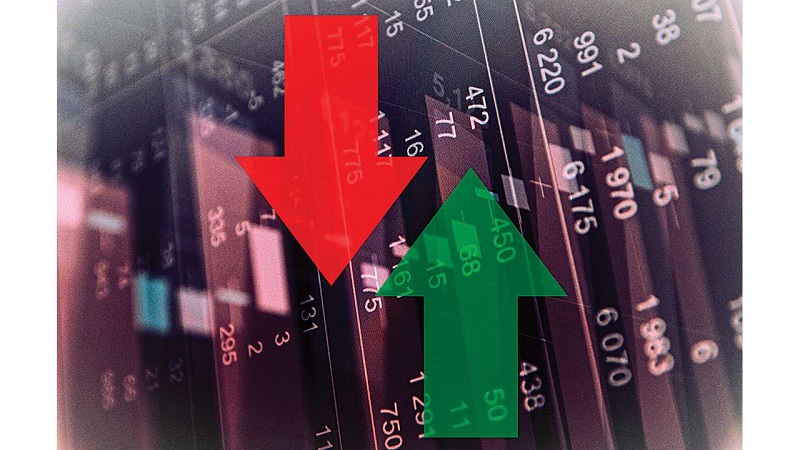Bond Trading And Risks Associated With It
Bond trading is less popular than stock speculation, but bonds have always been considered a more reliable tool. In view of this, many cautious investors prefer these papers. This is a reasonable decision because, with the right choice of bonds, you can get a good stable profit, regardless of the market context. It is not surprising, therefore, that bonds include not only conservative traders and investors in their portfolio, but also active speculators who are accustomed to high risks.
Bonds can be used both as a source of stable income and as a means of hedging risks. However, with all its advantages, these papers still have risk factors. We will talk about them now.
Bond Trading: Non-Optimistic Scenarios
I would just like to note that trading even with the most reliable assets is an occupation that is not without a share of risk. Therefore, the probability of risk itself should not deter the trader from the trading instrument.
Profitable trading is not obtained when the trader seeks to completely avoid the dangers, but when soberly and objectively weighs the risks and decides for himself which of them he is ready to accept. But what dangers can a trader face in the bond market? Let’s look at them in order.
Voracious inflation
Increasing inflation is dangerous because the investor may lose part of the income, or even not at all. Why does it happen? Bonds have a fixed percentage yield. And a wise investor chooses securities, the percentage of which is higher than the current inflation rate - this ensures capital gains. However, if over time inflation rises to or exceeds the level of bond yields, then the investor no longer receives income. At best, by the time the bonds are redeemed, he will receive his return, at worst - the money received will be devalued.
Interest rate variability
The interest rate of a bond is closely related to its price. Consequently, if the price of a bond in the market increases, its interest rate will decrease and vice versa. For investors who intend to keep the paper until the end, such changes are insignificant, but it is very unprofitable for the speculators to lower the price since the cheaper bonds cannot be sold profitably.
The bankruptcy of the issuer
The risk of bankruptcy of the organization that issued the bonds is greatest in the case of non-state companies. In the event of bankruptcy, the investor will not be able to get his money back at all, not to mention profit.
Illiquid issues
The liquidity of bonds or, in other words, the ability to sell them quickly without losing money is a volatile phenomenon. Liquidity is affected by a change in the price of securities, and an unpleasant situation can happen when the price of a bond drastically drags, and losing papers are stuck in the trader’s hands. To get rid of them in the secondary market is extremely problematic.
Fraud schemes
Fraudsters and shadow schemes are found in virtually all markets, and the bond market is no exception. Not everything on it is still properly regulated and transparent. Therefore, there is a small risk to please the fraudsters and not to increase, but to lose their investments.
Premature redemption of the bond trading
When the interest rate of bonds changes, it may happen that the issuer decides to pay off his debt earlier, and then the investor will not receive the profit that he originally expected.
How to level risks? Working methods
There is always a way, if not to eliminate the risks at all, then at least to minimize them. Below are some tips on how to do this in bond trading.
Purchase protected papers.
One way to eliminate the risk of loss when inflation rises is to purchase US Treasury bonds. They are protected from inflation.
Give preference to state bonds.
The likelihood that government agency printing money will suddenly declare bankruptcy is negligible. In addition, government bonds are a guarantee that the trader can always sell them because the liquidity of these assets is consistently high. Also, the purchase of government securities eliminates the risk of falling into a fraudulent scheme.
Look at the ratings.
The risk that a paper with a high rating will depreciate or its issuer will declare bankruptcy is much lower than that of papers with a low rating.
Analyze the facts before you buy.
This is especially important in long-term investing. It is necessary to collect as much information as possible about the issuer, paper, and possible risks, analyze it, and only then make a decision.
Bond trading can be profitable if you approach it wisely. We hope this article will help you with this. Subscribe to the blog so as not to miss the latest articles. And in the comments share how you approach the choice of bonds for trading and what you consider.
